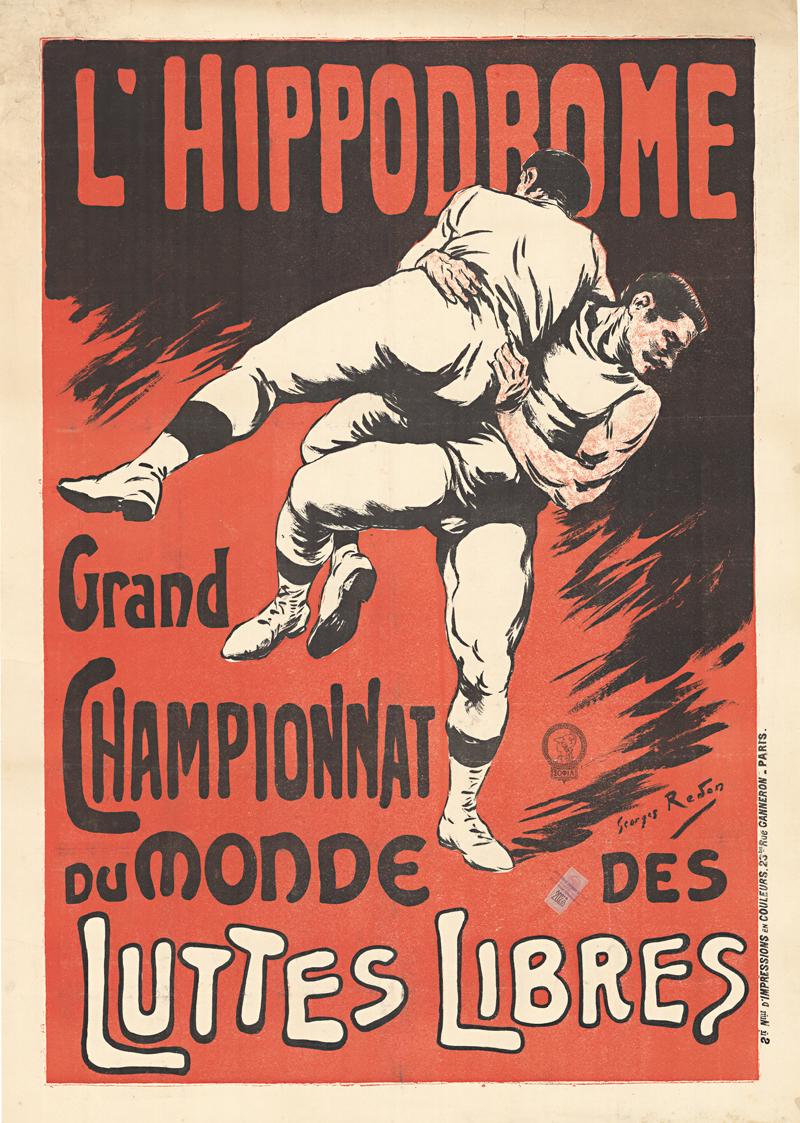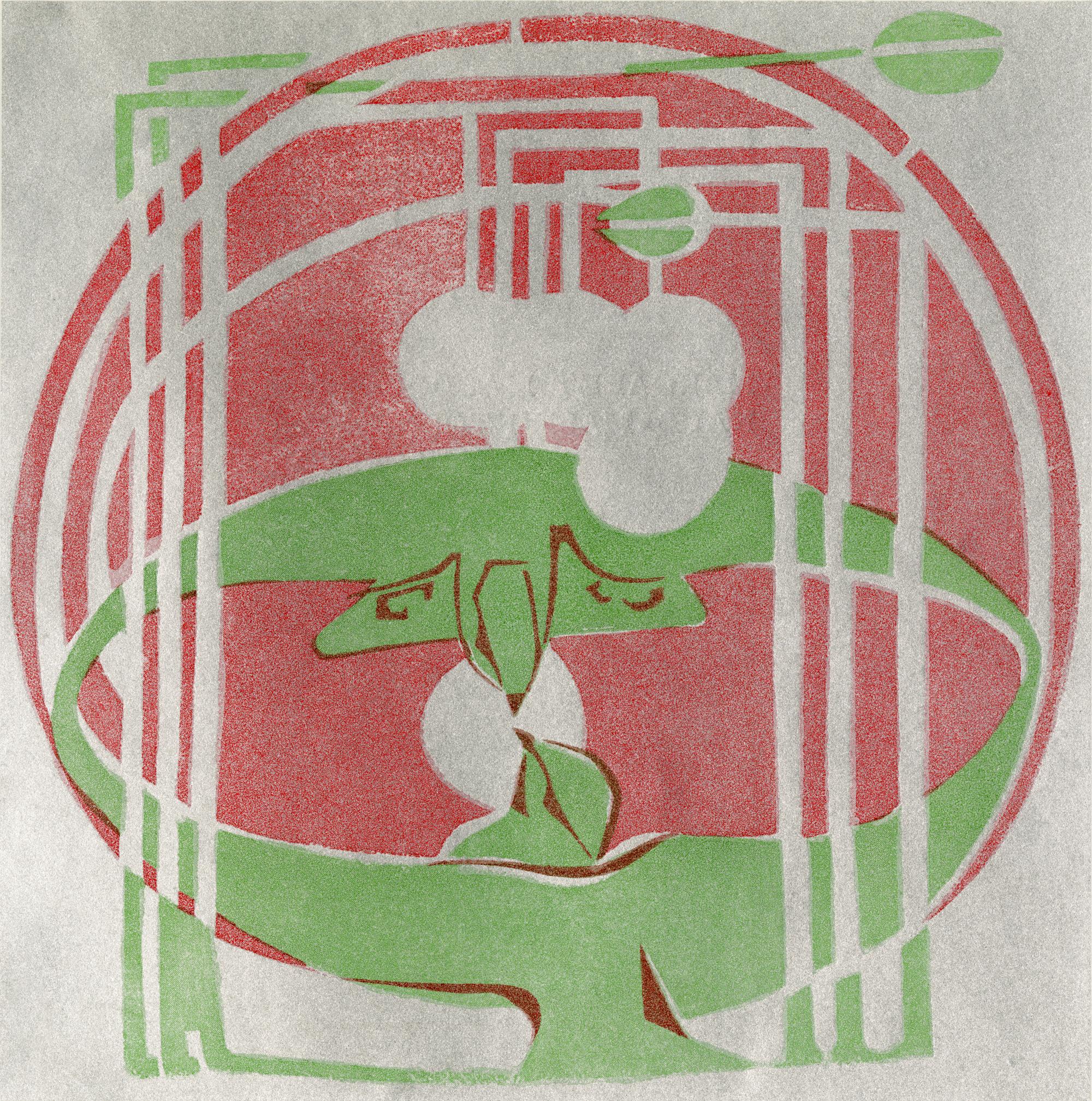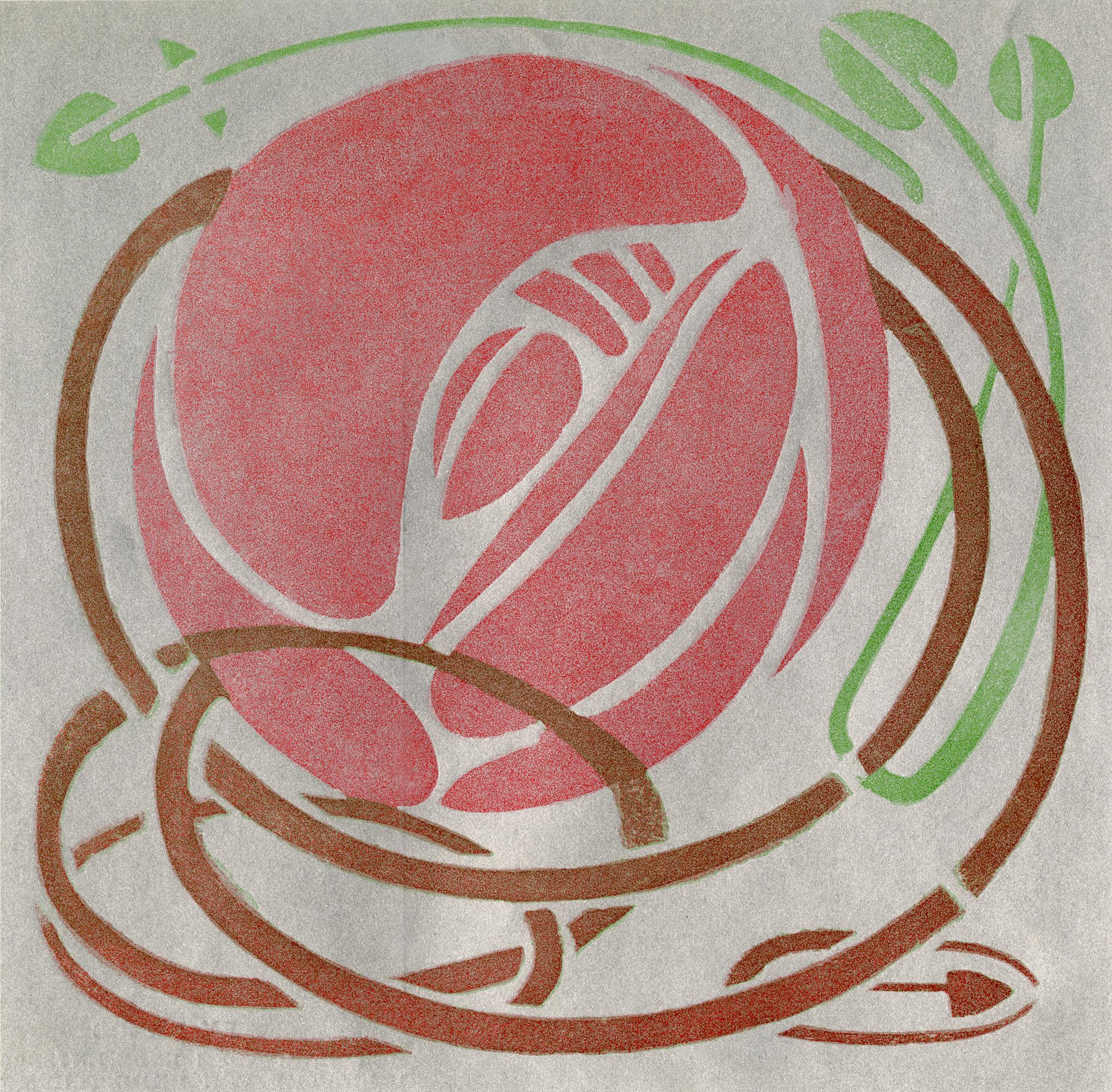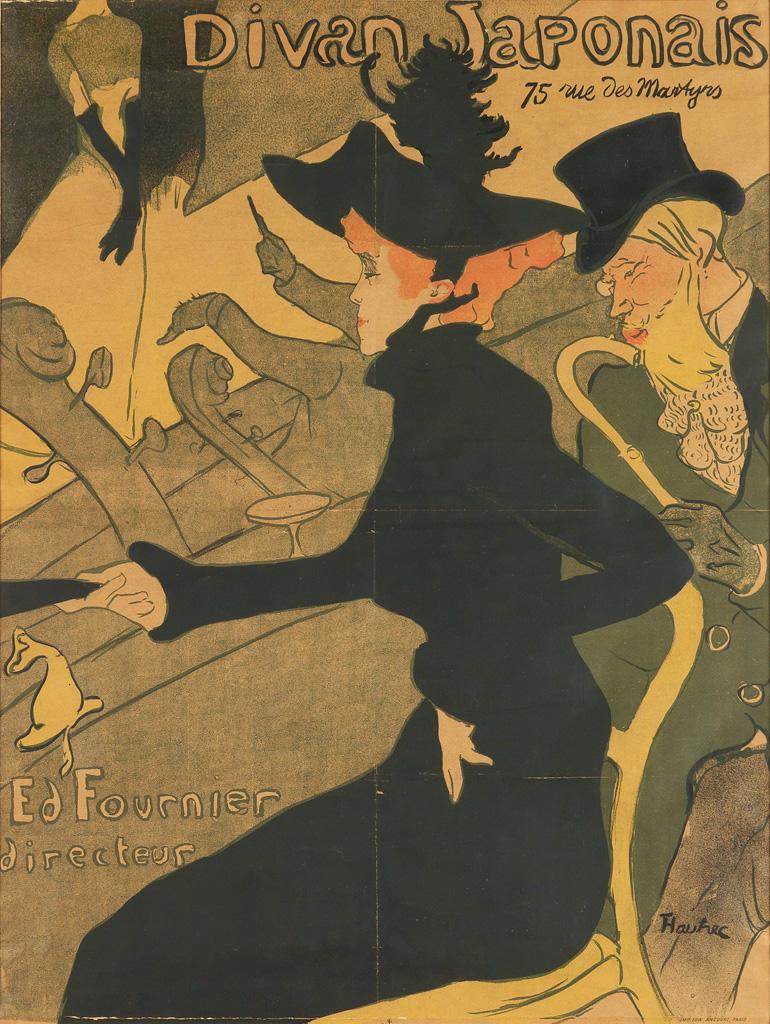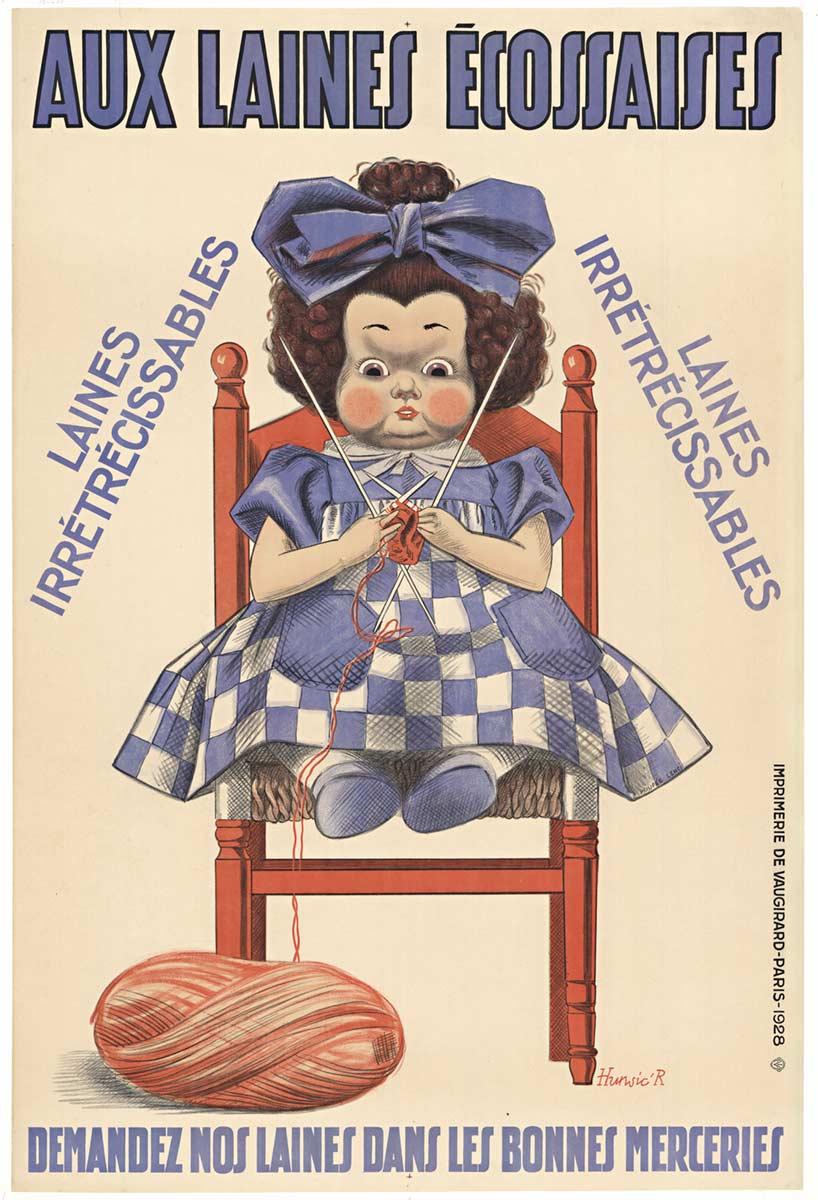Items Similar to "Pan" from Les Maitres de l'Affiche by Joseph Sattler
Want more images or videos?
Request additional images or videos from the seller
1 of 9
Unknown"Pan" from Les Maitres de l'Affiche by Joseph Sattler1897
1897
About the Item
SATTLER, JOSEPH
(1867 - 1931)
"Pan"
Original lithograph from “Les Maitres de L’Affiche” series
Printed by Imprimerie Chaix, Paris
Bearing MDL stamp lower right, from issue #17, 1897. Plate #67
Unframed Size: 11 3/8 x 15 3/4”
The “Les Maitres de l’Affiche” series was offered as a subscription series to collectors every month
for 60 months, from December 1895 through November 1900. The “Maitres de l’Affiche,” were issued
as separate numbered sheets, referred to as “plates”. They were numbered, with the printers name
“Imprimerie Chaix,” in the margin at the bottom left hand corner, “PL.1” to “PL.240.” In the margin at
the bottom right hand corner of each, is a blind embossed stamp from a design of Cheret’s. The smaller format and the fact the “Maitres” were a paid subscription series, allowed Imprimerie Chaix to use the latest state of the art printing techniques, not normally used in the large format posters due to cost. A very high quality of paper was used, where as the large format posters were printed on lesser quality newsprint, due to cost and a short expected life span. This explains why the quality of the printing, in the “Maitres de l’Affiche,” usually far exceeds that of their larger counterparts.
“The Berlin Secession revue Pan was given a striking visual identity by the cover Sattler designed for it… Art Nouveau’s writhing lines were often used to delineate perverse beauty, and ‘Le Livre de l’Affiche’ (p.102) describes this image as characteristic of Secessionist ‘vitality, spontaneity and a certain taste for provocation” (Rennert, PAI-XX 417)
“This is an example of the Art Nouveau branch known as symbolism. It depicts the Greek figure Pan
looking over the horizon. In the middle-ground are the traditional work tools: rake, shovel and hoe. In the foreground is a papery flower with the word ‘Pan’ and the year ‘1895’ formed by the stamen. The image of Pan’s face is on each petal of the flower. Pan, a mischievous character is juxtaposed with the hard working tool images. The flower shows the birth of science that was occurring at the time. New ideas about
rationality, mathematics and evolution were all evolving at this time. However, the overlooking Pan image symbolizes the problems that may arise out of these new discoveries”
- Creation Year:1897
- Dimensions:Height: 15.75 in (40.01 cm)Width: 11.25 in (28.58 cm)Depth: 1 in (2.54 cm)
- More Editions & Sizes:Unknown edition sizePrice: $375
- Medium:
- Movement & Style:
- Period:
- Condition:
- Gallery Location:Hinsdale, IL
- Reference Number:
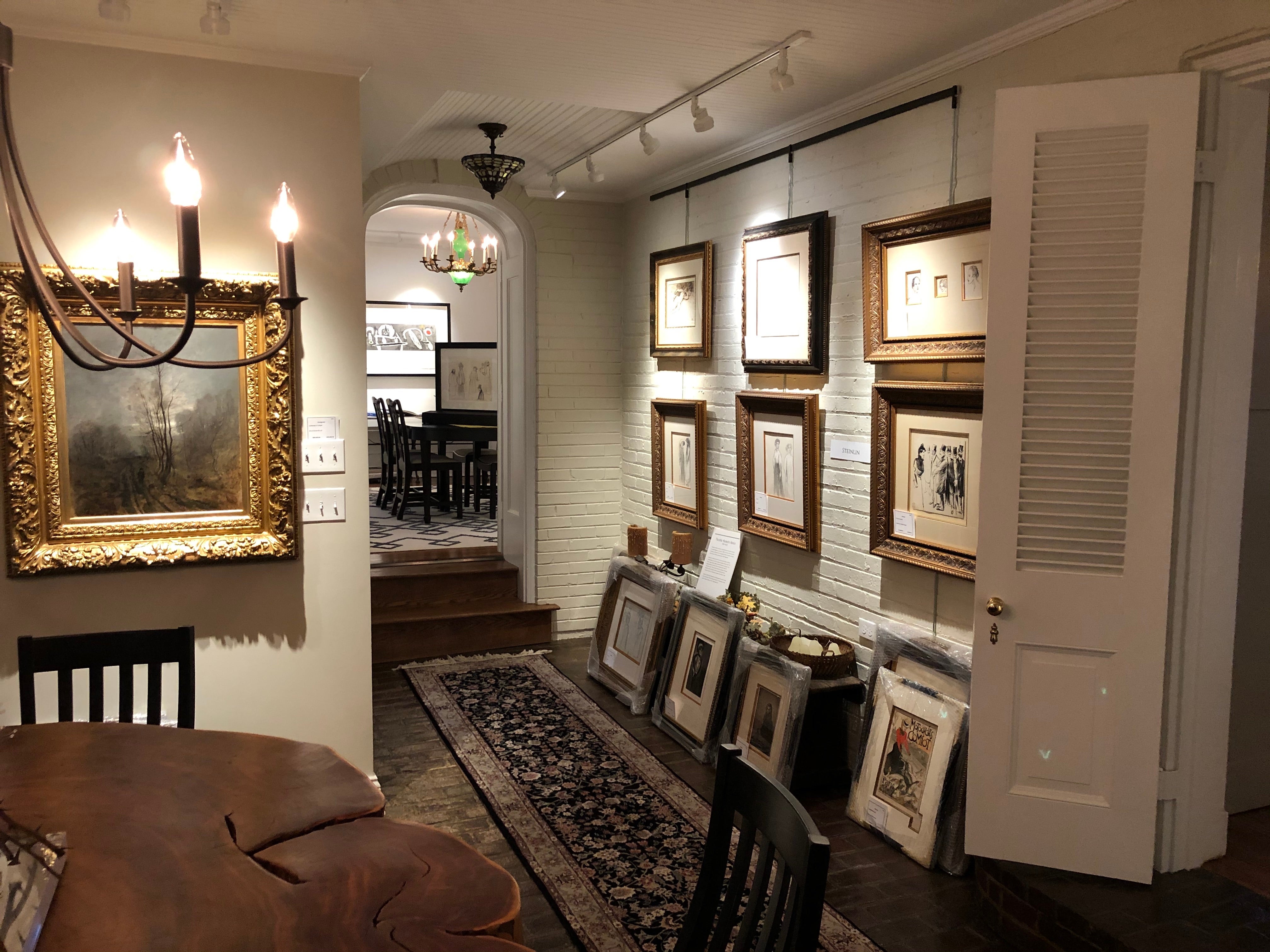
About the Seller
5.0
Vetted Seller
These experienced sellers undergo a comprehensive evaluation by our team of in-house experts.
Established in 1994
1stDibs seller since 2020
37 sales on 1stDibs
- ShippingRetrieving quote...Ships From: Hinsdale, IL
- Return PolicyA return for this item may be initiated within 14 days of delivery.
More From This SellerView All
- "La Vache Enragee" iconic vintage poster by Toulouse-LautrecBy Henri de Toulouse-LautrecLocated in Hinsdale, ILTOULOUSE-LAUTREC, HENRI DE (1864-1901) "LA VACHE ENRAGÉE" Wittrock P27B, Adhemar 197 Original color lithograph Wittrock’s State III of III with letters Printed on buff wove paper, c. 1896 Bears artist stamp “TL” upper right, dated 96 Image size: 22 1/2” x 23 5/8” Several examples are known where Lautrec drew on work by other artists whom he admired. In this poster there are clear references to Adolphe Willette's humorous themes and rococo style of illustration. Willette was the founder and illustrator of the short-lived monthly “La Vache Enragee”(the angry cow) edited by the cartoonist Adolphe Roedel. This colored poster of the same title was commissioned for the appearance of the magazine March 1896. As a reference to the wretched financial state of most artists, the term “manger de la vache enrage” (meaning roughly, “meaning not having enough to eat”) was adopted as the motto for the “Vachalcade”which was held on Montmarte annually from 1896. This was an artists' procession, with fanfares and allegories on fame and the muses; it also included a furious cow and a troupe of pretty girls as a satire on Europa with the bull. The event was organized by Roedel"(Adriani p.217) Toulouse-Lautrec took up lithography at a high point in its history, when technical advances in color printing and new possibilities for large scale led to a proliferation of posters as well as prints for the new bourgeois collector. In his short career, he created more than three hundred fifty prints and thirty posters, as well as lithographed theater programs...Category
1890s Art Nouveau Figurative Prints
MaterialsLithograph
- "Lait Pur Sterilise de la Vingeanne" Antique Poster by SteinlenBy Théophile Alexandre SteinlenLocated in Hinsdale, ILSteinlen, Theophile "Lait Pur Sterilise de la Vingeanne" Original lithograph, c. 1894 Rennert 12 Printed by Charles Verneau, Paris Bright Fresh Colors, RARE "The humble dairy of Q...Category
1890s Art Nouveau Figurative Prints
MaterialsLithograph
- "Grande Tuilerie d’Ivry" from Les Maitres de l'AfficheBy Alexandre CharpentierLocated in Hinsdale, ILCHARPENTIER, ALEX (1856 -1909) "Grande Tuilerie d’Ivry" Original lithograph from "Les Maitres de L'Affiche" series Printed by Imprimerie Chaix, Paris Bearing MDL stamp lower right, issue # 33, 1898. Plate #131 Unframed Size: 11 3/8 x 15 3/4”The "Les Maitres de l'Affiche" series was offered as a subscription series to collectors every month for 60 months, from December 1895 through November 1900. The "Maitres de l'Affiche," were issued as separate numbered sheets, referred to as "plates". They were numbered, with the printers name "Imprimerie Chaix," in the margin at the bottom left hand corner, "PL.1" to "PL.240." In the margin at the bottom right hand corner of each, is a blind embossed stamp from a design of Cheret's. The smaller format and the fact the "Maitres" were a paid subscription series, allowed Imprimerie Chaix to use the latest state of the art printing techniques, not normally used in the large format posters due to cost. A very high quality of paper was used, where as the large format posters were printed on lesser quality newsprint, due to cost and a short expected life span. This explains why the quality of the printing, in the "Maitres de l'Affiche," usually far exceeds that of their larger counterparts. The text reads "Great Tileworks of Ivry, founded in 1854, Ivry-Port near Paris; the largest ceramics factory in the world for building, industry and art productions; Emille Muller stoneware; execution of works by masters of statuary; architectural facings; decorative sculpture; showroom and salesroom, 3 rue Halevy; the only tile able to bear the names Muller and Ivry; (tiles) guaranteed against frost" Given the commission for an extremely text heavy poster, the artist executes a masterful design. The angelic young boy holds the wares of this famous ceramics factory, against an abstract background awash in organic green hues. The handling of the immense text that flows from top to bottom in every available space shows great artistic skill, as the overall beauty of the design is intact. In 1989 the Metropolitan Museum of art acquired a stoneware plaque...Category
1890s Art Nouveau Figurative Prints
MaterialsLithograph
- "Quinquina Dubonnet" Original Jules Cheret Maitre de l'AfficheBy Jules ChéretLocated in Hinsdale, ILCHERET, JULES (1836 - 1932) "Quinquina Dubonnet" Original lithograph from “Les Maitres de L’Affiche” series Printed by Imprimerie Chaix, Paris Bearing MDL stamp lower right, from issue #28, 1898. Plate #109 Unframed Size: 11 3/8 x 15 3/4” The “Les Maitres de l’Affiche” series was offered as a subscription series to collectors every month for 60 months, from December 1895 through November 1900. The “Maitres de l’Affiche,” were issued as separate numbered sheets, referred to as “plates”. They were numbered, with the printers name “Imprimerie Chaix,” in the margin at the bottom left hand corner, “PL.1” to “PL.240.” In the margin at the bottom right hand corner of each, is a blind embossed stamp from a design of Cheret’s. The smaller format and the fact the “Maitres” were a paid subscription series, allowed Imprimerie Chaix to use the latest state of the art printing techniques, not normally used in the large format posters due to cost. A very high quality of paper was used, where as the large format posters were printed on lesser quality newsprint, due to cost and a short expected life span. This explains why the quality of the printing, in the “Maitres de l’Affiche,” usually far exceeds that of their larger counterparts. “The Dubonnet poster...Category
1890s Art Nouveau Figurative Prints
MaterialsLithograph
- Harpers Magazine "March Hare" Maitres de l'AfficheBy Edward PenfieldLocated in Hinsdale, ILPENFIELD, FERDINAND (1866 - 1922) Harper’s Magazine - March Original lithograph from "Les Maitres de L'Affiche" series Printed by Imprimerie Chaix, Paris Bearing MDL stamp lowe...Category
1890s Art Nouveau Figurative Prints
MaterialsLithograph
- "La Petite Poucette" from Les Maitres de l'AfficheBy Bernard Boutet de MonvelLocated in Hinsdale, ILDE MONVEL, BOUTET (1859 - 1927) "La Petite Poucette" Original lithograph from “Les Maitres de L’Affiche” series Printed by Imprimerie Chaix, Paris Bearing MDL stamp lower right, from issue #27, 1898. Plate #106 Unframed Size: 11 3/8 x 15 3/4” The “Les Maitres de l’Affiche” series was offered as a subscription series to collectors every month for 60 months, from December 1895 through November 1900. The “Maitres de l’Affiche,” were issued as separate numbered sheets, referred to as “plates”. They were numbered, with the printers name “Imprimerie Chaix,” in the margin at the bottom left hand corner, “PL.1” to “PL.240.” In the margin at the bottom right hand corner of each, is a blind embossed stamp from a design of Cheret’s. The smaller format and the fact the “Maitres” were a paid subscription series, allowed Imprimerie Chaix to use the latest state of the art printing techniques, not normally used in the large format posters due to cost. A very high quality of paper was used, where as the large format posters were printed on lesser quality newsprint, due to cost and a short expected life span. This explains why the quality of the printing, in the “Maitres de l’Affiche,” usually far exceeds that of their larger counterparts. Boutet de Monvel...Category
1890s Art Nouveau Figurative Prints
MaterialsLithograph
You May Also Like
- L'Hippodrome Granbd Championnat du Monde Luttes Libres original original posterBy Georges RedonLocated in Spokane, WAL'Hippodrome Grand Championnat du Monde des Luttes Libres Original antique vintage poster. Mounted on acid free archival linen. L'Hippodrome - ...Category
1890s Art Nouveau Figurative Prints
MaterialsLithograph
- Art Nouveau "Pair of Doves" original lithograph by Charles Rennie MackintoshLocated in Chicago, ILCharles Rennie Mackintosh was a Scottish architect, designer, and visual artist. His artistic approach had much in common with European Symbolism. His work, alongside that of his wif...Category
Early 1900s Art Nouveau More Prints
MaterialsLithograph
- Art Nouveau "Glasgow Rose" original lithograph by Charles Rennie MackintoshLocated in Chicago, ILCharles Rennie Mackintosh was a Scottish architect, designer, and visual artist. His artistic approach had much in common with European Symbolism. His work, alongside that of his wif...Category
Early 1900s Art Nouveau More Prints
MaterialsLithograph
- Vintage 1971 Jewish Film Festival Poster Berkeley EM Lilien Art Nouveau JudaicaLocated in Surfside, FLThis is printed on heavy art paper. it is a lithograph or silkscreen print done after a drawing by Ephraim Moshe Lilien. Great vintage judaic art from Berkeley California in the 1970's. Ephraim Moses Lilien (Hebrew: אפרים משה ליליין; 23 May 1874 – 18 July 1925) was an art nouveau illustrator and printmaker particularly noted for his art on Jewish themes. He is sometimes called the "first Zionist artist." Ephraim Moses Lilien (Maurycy Lilien) was born in 1874, in Drohobycz, Galicia, then in the Austro-Hungarian Empire. In 1889-1893 Lilien learned painting and graphic techniques at the Academy of Arts in Kraków. He studied under Polish painter Jan Matejko from 1890 to 1892. As a member of the Zionist Movement, Lilien traveled to Ottoman Palestine several times between 1906 and 1918. Lilien attended the Fifth Zionist Congress, held in Basel, as a member of the Democratic Fraction, an opposition group that supported the development of secular national culture. In 1905, at the Seventh Zionist Congress, in Basel, he, along with Boris Schatz, became a member of a committee formed to help establish the Bezalel Art School. As part of that work he accompanied Schatz to Jerusalem. Lilien was one of the two artists to accompany Boris Schatz to what is now Israel in 1906 for the purpose of establishing Bezalel Academy of Arts and Design, and taught the school's first class in 1906. Although his stay in the country was short-lived, he left his indelible stamp on the creation of an Eretz Israel style, placing biblical subjects in the Zionist context and oriental settings, conceived in an idealized Western design. In the first two decades of the century, Lilien's work served as a model for the Bezalel group. Lilien is known for his famous photographic portrait of Theodor Herzl. He often used Herzl as a model, considering his features a perfect representation of the "New Jew." In 1896, he received an award for photography from the avant garde magazine Jugend. Lilien illustrated several books. In 1923, an exhibition of his work opened in New York. Lilien's illustrated books include Juda (1900), Biblically-themes poetry by Lilien's Christian friend, Börries Freiherr von Münchhausen, and Lieder des Ghetto (Songs of the Ghetto) (1903), Yiddish poems by Morris Rosenfeld...Category
1970s Art Nouveau Prints and Multiples
MaterialsLithograph
- Divan JaponaisBy Henri de Toulouse-LautrecLocated in New York, NYColor lithograph. Printed by Ancourt, Paris. The Divan Japonais was a small café-concert at 75 rue des Martyrs, Paris, where Yvette Guilbert began her career. This is Toulouse-Lautr...Category
1890s Art Nouveau Figurative Prints
MaterialsColor, Lithograph
- Original Aux Laines Ecossaises vintage French antique poster yarnLocated in Spokane, WAOriginal 1928, AUX LAINES ECOSSAISES antique stone lithograph poster, created by the artist R. Hurwic. Archival linen backed and ready to fr...Category
1920s Art Nouveau Figurative Prints
MaterialsLithograph
